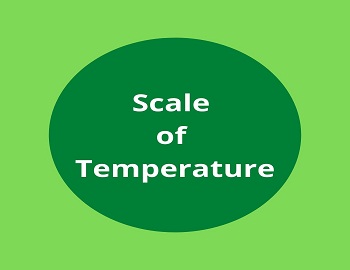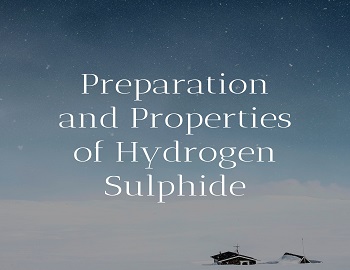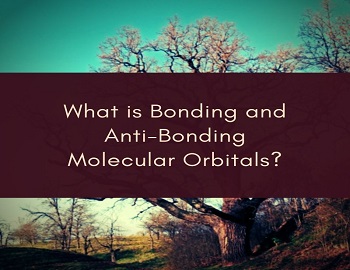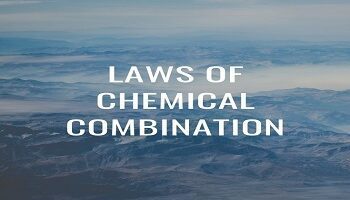Table of Contents
What is Excretion?
Excretion is the elimination of metabolic wastes and excess materials from the interior of a cell, tissue, or animal body so as to maintain homeostasis. It excludes defaecation which is the egestion or removal of undigested food residue from the digested tract. Excretion is highly important as the accumulation of metabolic wastes and other excess substances can be toxic resulting in discomfort, disorders, and death.
Waste materials excreted in animals are of many kinds- nitrogenous substances, carbon-dioxide, pigments, spices, drugs, excess of water, inorganic salts, hormones, and vitamins. These materials are grouped under two categories-
CO2 is volatile and is excreted through the lungs. Water is also volatile. Other waste materials are non-volatile and are removed from the body in aqueous solutions or suspensions. Therefore, the removal of non-volatile materials requires water.
The main non-volatile excretory products are Nitrogenous waste products. They include three substances including ammonia, urea, and uric acid. These are mainly formed or produced in two ways-
- Deamination of excess and unwanted amino acids present in the food taken.
- By breakdown of the body’s own proteins and nucleic acids.
All three products prove toxic beyond a certain concentration in the body and hence there is a constant need for their removal in order to keep their level low in the body fluids.
Classification of Animals on the basis of their excretory products:
Ammonotelic Animals:
Animals that excrete nitrogenous waste products predominantly in the form of ammonia are called ammonotelic animals and the type of excretion as ammonotelism.
This type of excretion occurs in aquatic animals like protozoans (Amoeba & Paramecium), coelenterates (Hydra), aquatic insects, crustaceans (Palaemon), echinoderms (Asterias), bony fishes, tadpole, and some adult aquatic amphibians (Salamanders), etc.
- Ammonia is highly toxic because it has high pH and so it must be removed from the body immediately.
- It is highly soluble in water and requires sufficient amount of water to be diffused out quickly from the body.
- Body loses considerable amount of water in its elimination from the body and thereby it occurs only in aquatic animals where it poses no problem.
The excretion of one gm. of ammonia requires about 300-500 ml of water.
Ureotelic Animals:
Animals that excrete nitrogenous waste products predominantly in the form of urea are called ureotelic animals and the type of excretion as ureotelism.
It is a common method of excretion in man and all other mammals, even aquatic mammals like whales and seals; and desert mammals like kangaroo rats, camels; terrestrial and semiaquatic amphibians like toads, frogs; cartilaginous fishes (elasmobranchs) such as sharks and rays; aquatic and semi-aquatic reptiles like alligator, terrapins, and turtles.
- It occurs in land animals, which do not have a sufficient amount of water for speedy elimination of ammonia and can retain urea up to a certain limit in their blood.
- Urea is far less toxic than ammonia and is soluble in water.
- Ammonia is immediately converted to urea when it unites with CO2 in the liver.
One gm. of urea excretion requires about 50 ml. of water.
Uricotelic Animals:
Animals that excrete nitrogenous waste products predominantly in the form of uric acid are called uricotelic animals and the phenomenon of excretion as uricotelism.
It is common method of excretion in birds, land reptiles (lizards & snakes); insects (cockroach) and land snails (Helix).
- Uric acid is less toxic than urea and can be retained in the body for a limited time.
- Its synthesis requires far more energy than that of urea.
- It is insoluble in water and does not need much water for its elimination.
- The drooping of birds contains the white and black material of uric acid crystals and urate that remains suspended in a small volume of water (urine).
One gm. of uric acid needs only 10 ml of water to be expelled out of body.
Aminotelic Animals:
Animals that excrete an excess of amino acids as such from their body are called aminotelic animals and the phenomenon is known as aminotelism. It includes certain molluscs and echinoderms.









Comments (No)